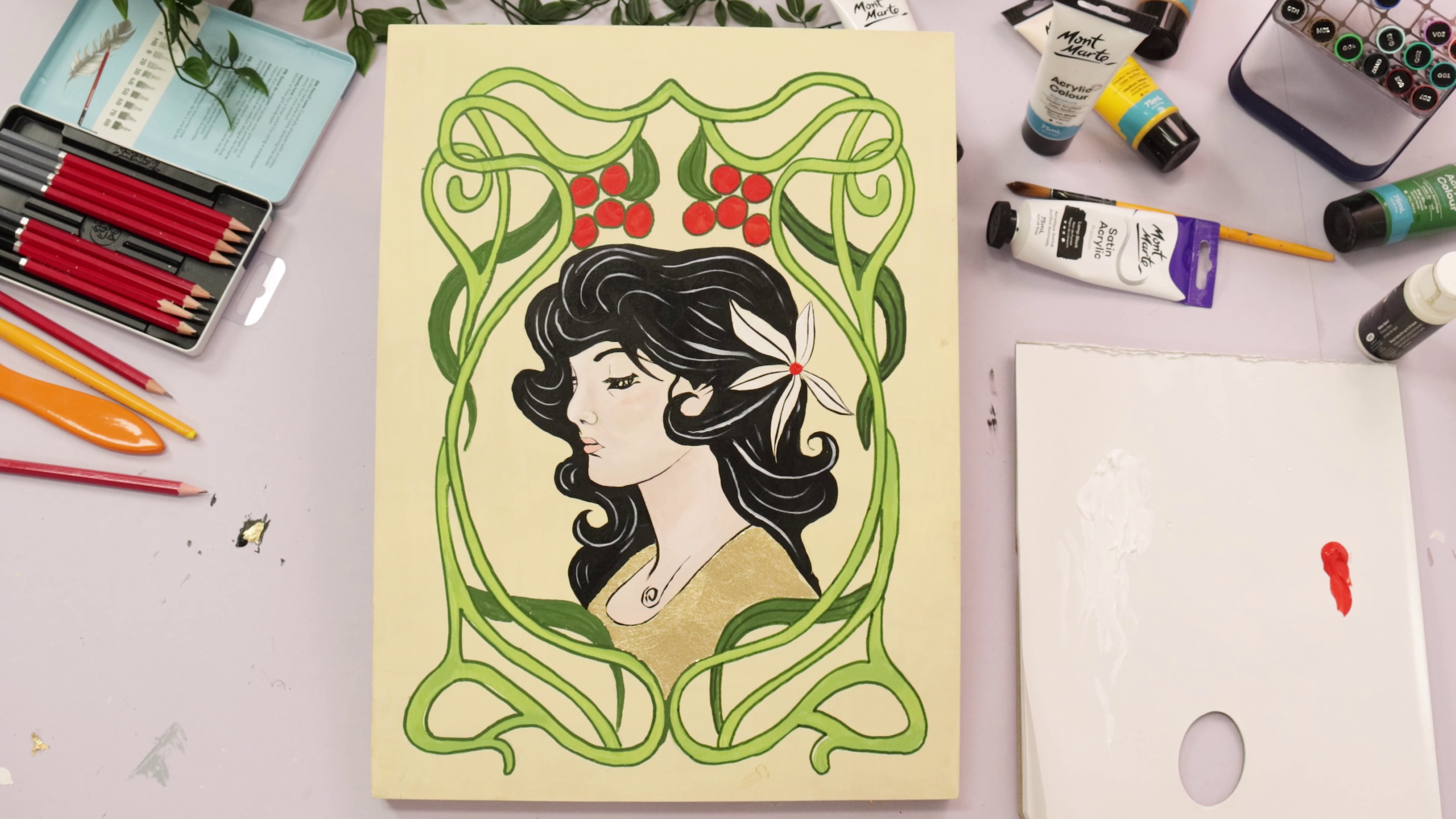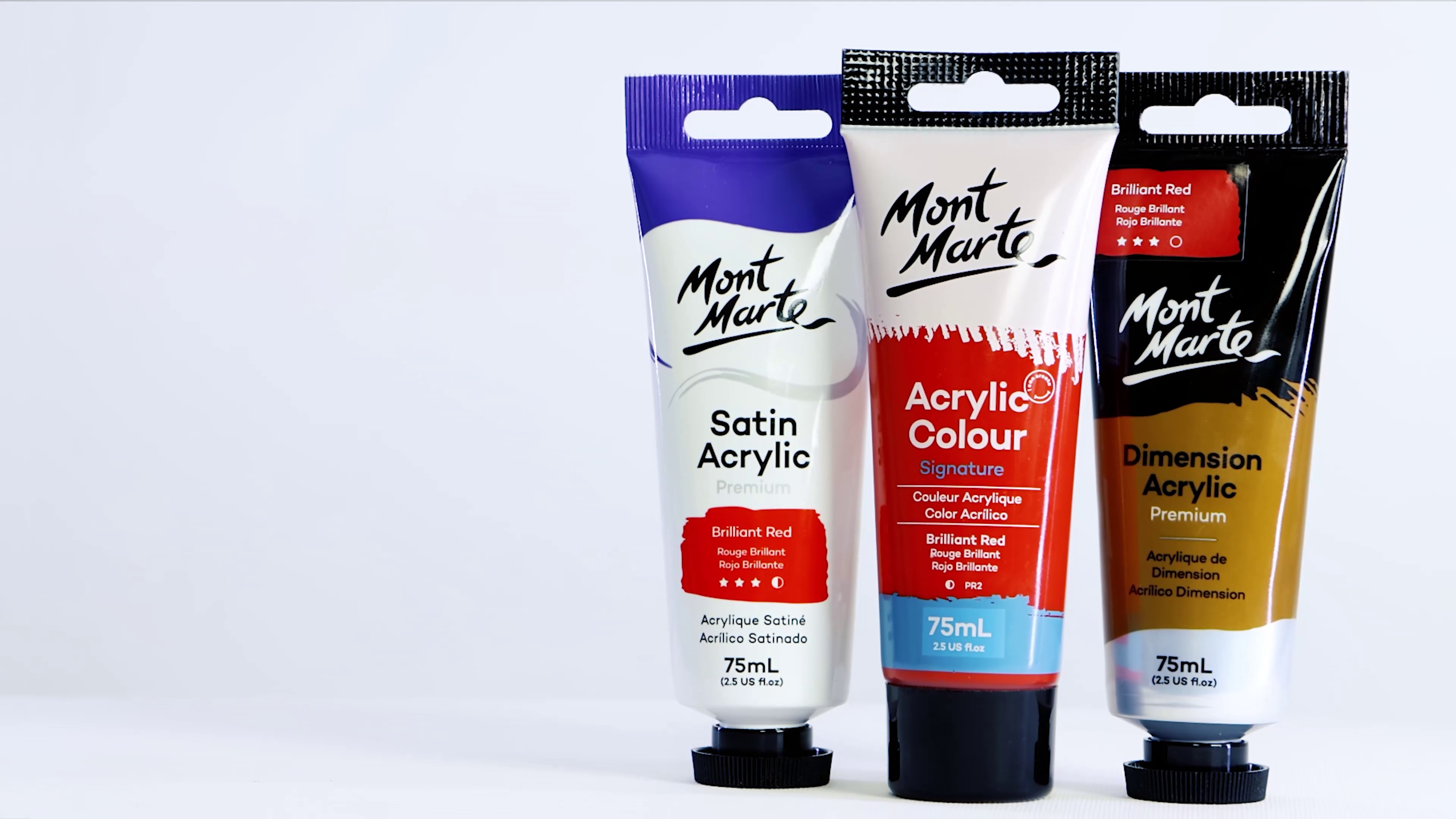Coloured pencils have been a top favourite tool for artists and creators over the years. Whether you draw, dabble or scribble, sharpen your skills with this guide to coloured pencils.
Fine and broad coloured pencils
Depending on the diameter of the strip of colour inside, will depend on how fine or broad your pencils and their effects will be. If you’re looking to add fine details, smaller diameters such as 3.5mm ranges will be best, or if you’re wanting a broader pencil for shading and tones, 4mm ranges are more ideal.
Soft and hard coloured pencils
Soft coloured pencils
Inside each coloured pencil, is a coloured “lead,” or strip of colour, holding colour pigment and binder inside a wooden case. If you were to break open a soft coloured pencil, you would find less binder (less wax or oil) and more colour pigment. Because of this, soft coloured pencils lay down colour more easily, adding smooth, creamy colours to the page. These pencils aren’t grainy, and can be used to create gradients and smooth blends, but because of their softer “leads” they will need to be sharpened more often. Our range of ultra-soft coloured pencils can be easily blended and colour can be built up to increase hues, tones and intensities.
-
Pros:
Vibrant colours and creamy textures, great for blending and covering large areas.
-
Cons:
Need to be sharpened more often, can be less detailed.
Hard coloured pencils
Inside a hard-coloured pencil, there is more binder (more wax or oil) and less colour pigment, this makes hard pencils sharper and will ultimately create crisp, sharp lines. Hard pencils won’t crumble and won’t have to be sharpened as often as their soft coloured counterparts. They might not be as good for covering large areas as there is less colour pay off, but they will work wonders for small, intricate areas or for detailed work.
-
Pros:
Sharper, crisp lines, won’t crumble as often, doesn’t require a lot of sharpening.
-
Cons:
Less colour intensity, less suitable for covering large areas.
Wax-based coloured pencils
Wax-based coloured pencils are softer and will cover paper better than oil-based. You’ll find that, wax can ‘bloom’ and leave a hazy, white coat on the paper if too much pressure is applied or colours are built up. Wax based pencils are also more likely to break because they are so soft.
-
Pros:
Softer, strong colour intensity.
-
Cons:
Can cause breakage, wax bloom can cause paper to look “hazy.”
Oil-based coloured pencils
Oil-based pencils have a harder core than wax-based, are less likely to break and can be more durable in the long run. You will find that you may have to apply more pressure to get a stronger colour intensity. They can be prone to smudging and be harder to erase than wax-based.
-
Pros:
Less likely to break, strong colour pay off.
-
Cons:
More pressure needs to be applied for colour intensity, prone to smudging and harder to erase.
Types of pencils
Watersoluble coloured pencils

This type of pencil contains a water soluble binder, like those in watercolour pans. Water soluble pencils are great for adding stunning watercolour effects to your pencil works. Apply colour and use either a wet watercolour brush, a wet sponge or even a wet finger to blend and create subtle watercolour effects. These colours are less intense when they are dry, and may buckle if using standard paper instead of watercolour paper.
-
Pros:
Versatile, can be used dry and wet, create watercolour style effects with the precision of a pencil.
-
Cons:
Can buckle under standard paper, can be dull when used dry.
Woodless coloured pencils:

Removing the wooden case, gives you a wide stick of graphite or colour to play with. This lets you shade larger areas quicker. Although these pencils won’t have their wooden case, most pencils will have a layer or lacquer to protect your hands, our woodless coloured pencils have a thin lacquer coating for mess-free fun. If you’re looking for a finer point, swap a sharpener for sandpaper and try sanding back with a fine grit paper.
-
Pros:
Don’t need sharpening, shade larger areas quickly, broader stick of graphite.
-
Cons:
Woodless coloured pencils are more expensive than common coloured pencils.
Coloured charcoal pencils:

Though not technically pencils, coloured charcoal can be used like a pencil. Coloured charcoals are encased in wood and easier to control than a stick of charcoal. They are better for firm lines and thin strokes rather than broad strokes. Similar to pencils, coloured graphite pencils come in hard, medium and soft grades and can be sharpened like pencils. Our range of coloured charcoal pencils can be used to add earthy tones, details and highlights to your charcoal works.
-
Pros:
The wooden case makes them easy to control and hold, less mess than traditional charcoal sticks.
-
Cons:
Difficult to erase, too much pressure can lead to indentation.
Coloured graphite pencils:

Similar to coloured pencils, coloured graphite can be available in soft or hard grades. Soft graphite will create rich, expressive marks and harder graphite will create precise details and lines. Our coloured graphite pencils are also water soluble, making them a perfect mix of soft colour when dry and create deep tones when used alongside water.
-
Pros:
The wooden case makes them easy to control and hold, some graphites can be watersoluable.
-
Cons:
Difficult to erase, too much pressure can lead to indentation.
Coloured pastel pencils:

Again, not technically a coloured pencil but still worth mentioning, pastel pencils are similar to coloured graphite and coloured charcoal. Pastel pencils are less likely to break, crumble and are much cleaner to use than pastel sticks thanks to their wooden case. This type of pencil can be used alongside soft and hard pastels to create stronger lines and give you more control over your strokes.
Our range of pastel pencils have a high degree of lightfastness for longer lasting art and covering power. We recommend sharpening with a hobby knife to ensure no damage is caused to the pastel strip inside.
-
Pros:
Shade larger areas quickly, the wooden case makes them easy to control and hold, less dusty than traditional pastel sticks.
-
Cons:
Pastel pencils can break easily under too much pressure and because they are not permanent, can be brushes from the paper.
Looking to get stuck into a project? Try this wine glass drawing with coloured pencils and graphic liners or learn to draw a glass with coloured pencils in this project.





























